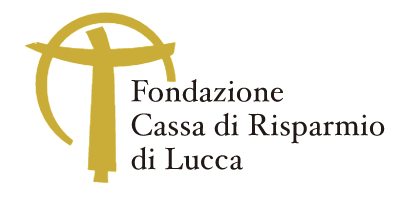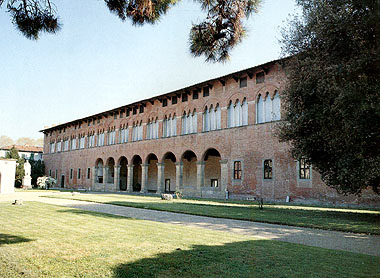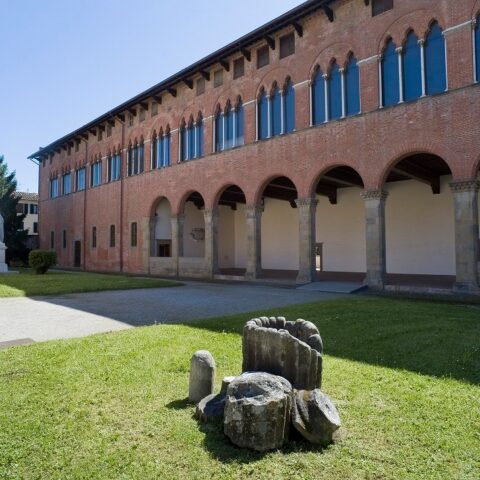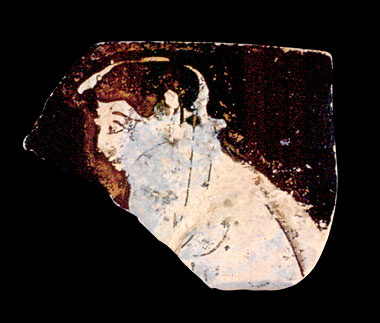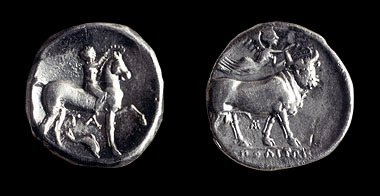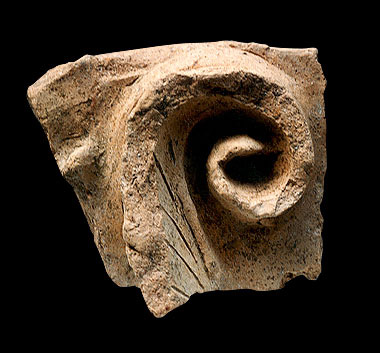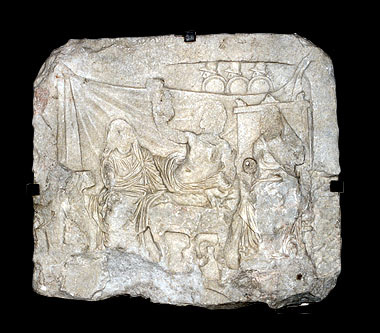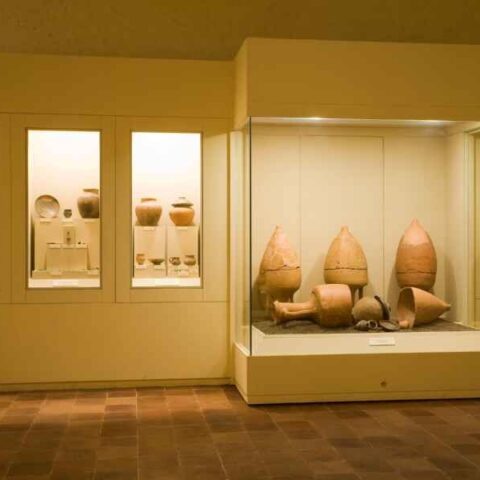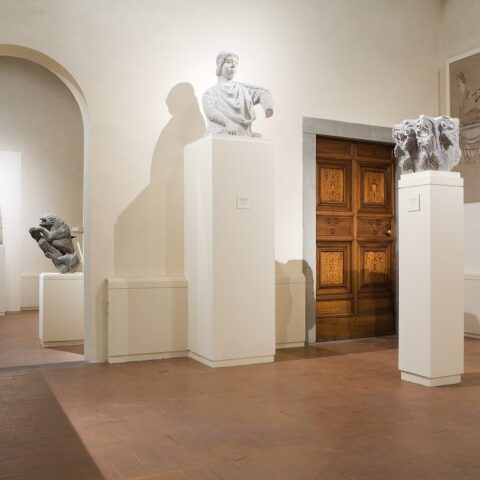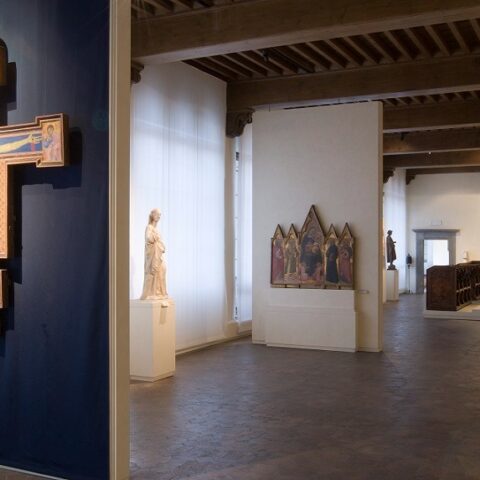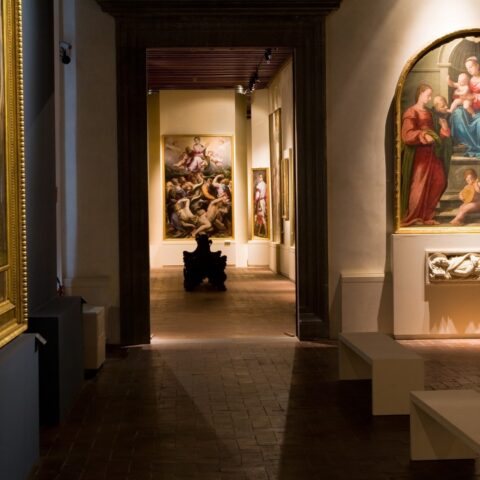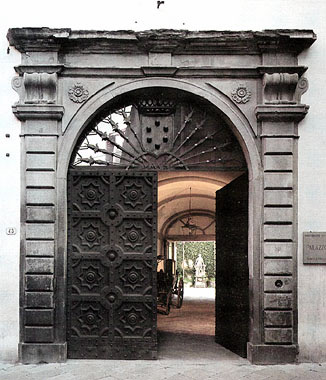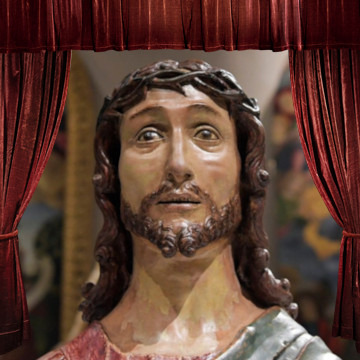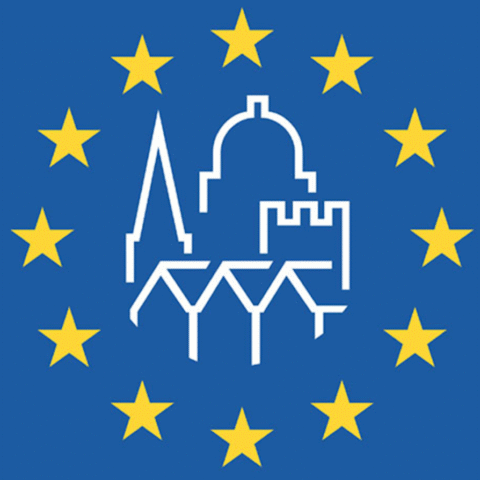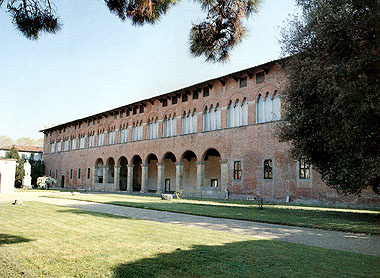
The National Museum of Villa Guinigi is in one of the most ancient and illustrious town palaces. Paolo Guinigi, lord of Lucca, built his residence just outside the XIIIth century walls, towards Porta San Gervasio. Work began in 1413 on an imposing long large scale building, almost entirely made of brick, with open galleries on the two façades and a series of three-mullioned windows with slender columns on the main one. The interiors, gathered around a central hall, are vast and must have been decorated with wall paintings.
The art collections on display are among the richest connected with the history of Lucca. The works, almost all intended for devotional purposes, are representative of the development of figurative arts in Lucca and its region from the early Middle Ages until the XVIIIth century. They document the activity of local as well as foreign artists who worked in Lucca on ecclesiastic or lay commission. The archaeological section of the Museum on the ground floor is also important; it has become richer in recent years following a series of major finds.
Gallery:
Details:
- BERTOLINI CAMPETTI L., MELONI TRKULIJA S. (a cura di), Museo di Villa Guinigi, Lucca. La villa e le collezioni, Lucca 1968
- CIAMPOLTRINI G. (a cura di), Munere mortis. Complessi tombali d’età romana nel territorio di Lucca, I Segni dell'Auser 2009
The original nucleus of the modern collections was formed in the years following the Unification of Italy with objects formerly belonging to the Church; it was successively enlarged and enriched through donations, purchases and deposits. In 1977 part of the collections were transferred to the new National Museum of Palazzo Mansi which houses also the Pinacoteca (Art Gallery): this permitted a more rational display of the remaining works in the vast rooms of Villa Guinigi.
The large number of items of different periods suggested a chronological disposition with miscellaneous material dated to the same period grouped together to form a unit. The Museum has a great number of large rooms: each room illustrates a single period in Lucca's artistic life with paintings, sculptures, portions of wall paintings, marquetry and furniture. It offers a journey through the different phases of Lucca's artistic life from the archaeological, numismatic and sphragistic (collection of seals) sections, to the collections of ceramics and of XIVth to XVIIIth century Art.
Archaeological section from prehistory to late Roman times, section of paintings and sculptures from the 12th to the 16th century, section of paintings from the 17th and 18th centuries.


